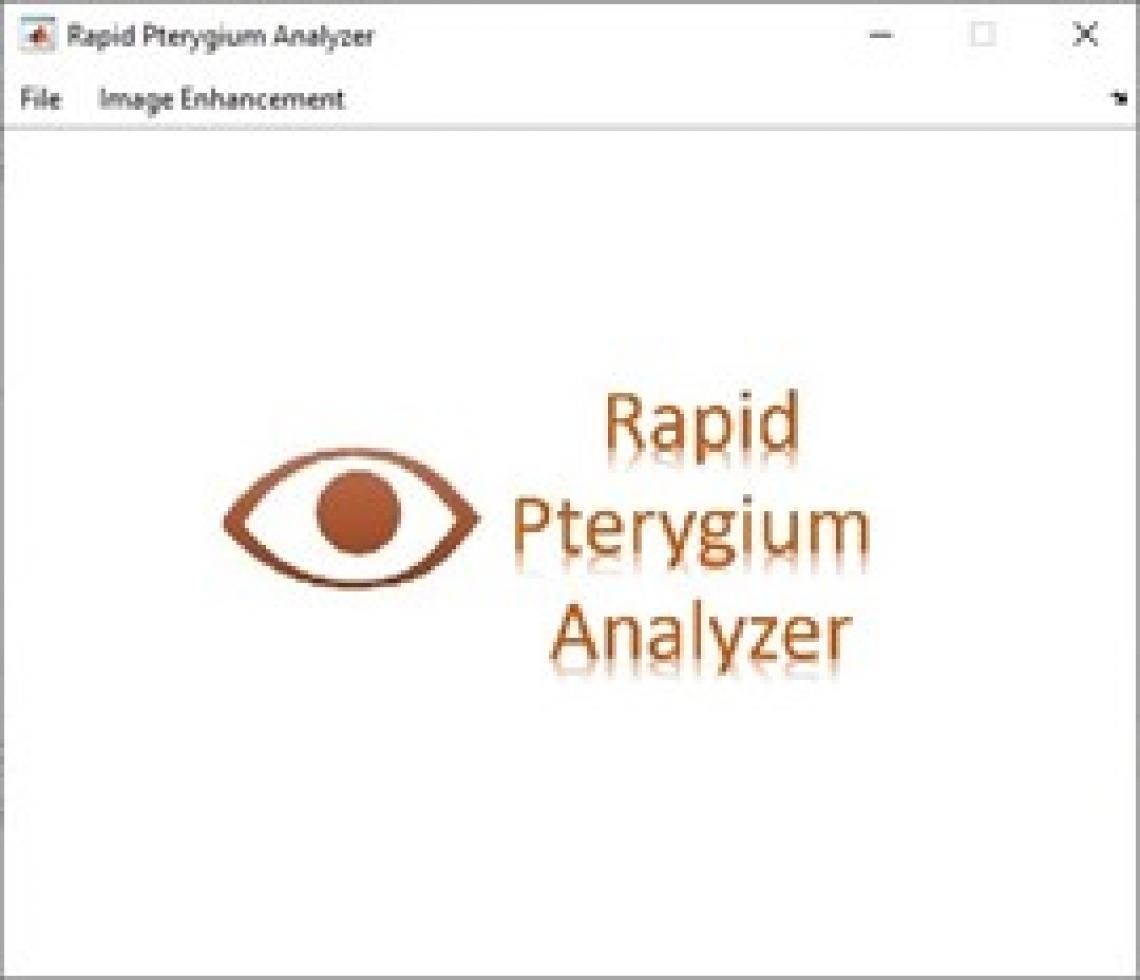Pterygium is a non-cancerous growth of fleshy tissue from the outer covering of the eye, called the conjunctiva, which can lead to obstruction of vision.
Rapid Pterygium Analyser (RPA) is a quick, simple and comprehensive method that can clinically evaluate and predict pterygium progression and its impact on visual acuity and quality.
Pterygium is a non-cancerous growth of fleshy tissue from the outer covering of the eye, called the conjunctiva, which can lead to obstruction of vision.
RPA was invented by researchers at IIUM’s Anterior Eye and Ocular Imaging Research Centre. The team used data on the fleshiness, redness and covered area of various types of pterygium, together with anterior imaging analyses and laboratory tests to develop prediction algorithms.
They then input image and clinical data obtained during eye examination into their RPA algorithms to clinically evaluate pterygium in patients and to predict its progression in order to put together an appropriate treatment and management plan.
Conventionally, pterygium is evaluated based on optical refraction and corneal topography to identify the course of treatment options. Surgical intervention is needed in most cases. However, the condition does not progress in some patients or they simply cannot afford the surgical procedure. Also, examination and follow-up can be labour-intensive and time-consuming, as they need to be performed several times to determine its progression. Thus there is a need for a new perspective in pterygium evaluation and management.
IIUM’s method is simple and takes only one minute with high prediction accuracy, and has the potential to suit any clinical setting. The researchers expect it to have a positive impact on the Malaysian primary eye care industry.
The research findings were published in the journal Current Eye Research and Sains Malaysiana.
For further information, contact:
Assistant Professor Dr Mohd Radzi Hilmi
Anterior Eye and Ocular Imaging Research Centre
The International Islamic University Malaysia (IIUM)
E-mail: [email protected]





